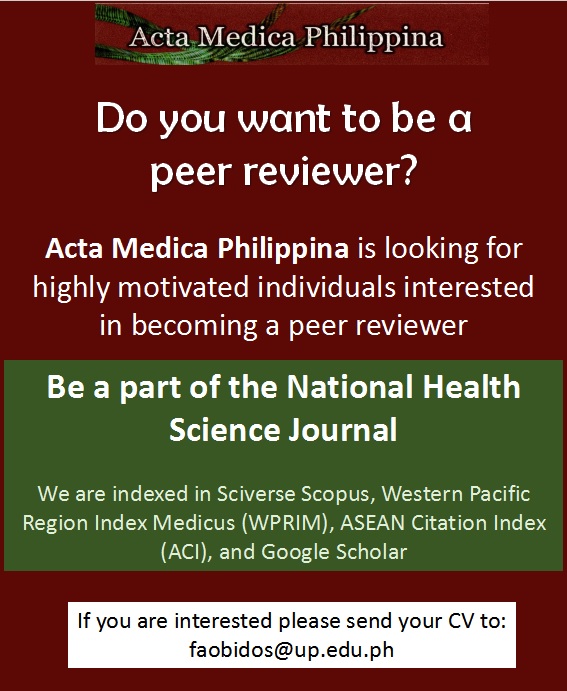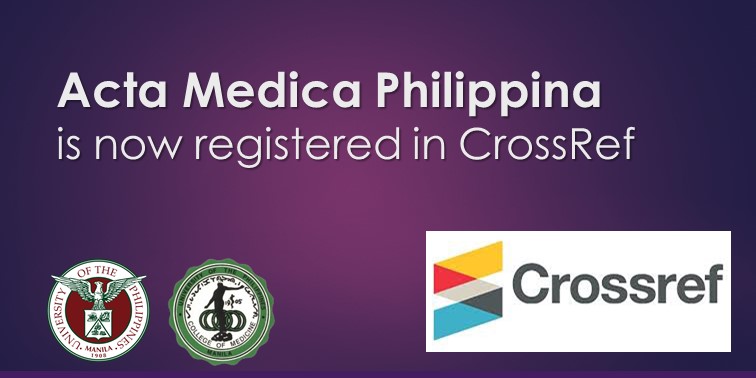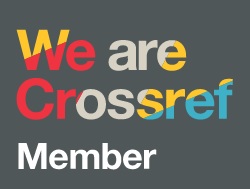The Evolution of Medical Education: From Teacher-centered to Learner-centered Approaches
DOI:
https://doi.org/10.47895/amp.v59i6.13451Abstract
Medical education has undergone remarkable transformations over the past few decades, shifting from traditional knowledge-focused curricula to outcome-based models with emphasis on competency development, technology enhanced education, and high regard for student well-being. This evolution reflects the changing healthcare landscape as well as our deeper understanding of effective pedagogical approaches in medical training.
The Shift to Outcome-Based Education
Medical education has traditionally focused on the acquisition of knowledge through lecture-based teaching and didactic approaches, where the teacher was the center of learning. Medical education then relied heavily on process-oriented approaches where time-based lecture attendance and knowledge acquisition were prioritized over demonstrable skills and competencies.
In the 1970s, educational theorist William Spady pioneered the concept of outcomes-based education (OBE), which eventually found its way into medical education. The adoption of OBE in medical education represented a paradigm shift from what students were taught to what they could actually do. OBE aims to ensure quality education by aligning curriculum, teaching, and assessment with clearly defined learning outcomes. As a result, medical schools began defining clear, measurable outcomes that students needed to achieve before graduation. This approach has been championed by organizations such as the Association of American Medical Colleges (AAMC) and the General Medical Council in the UK, which have developed competency frameworks that guide curriculum development. In our country, the Association of Philippine Medical Colleges mandated all medical schools to shift to OBE following the directive of the Commission for Higher Education in 2012.
The implementation of OBE has led to more integrated curricula, where basic sciences and clinical training are taught in parallel rather than sequentially. This integration helps students understand the relevance of fundamental sciences to clinical practice, enhancing both retention and application of knowledge. Moreover, the adoption of OBE aligned education more closely with the actual requirements of medical practice and allowed for more accountability in educational programs.
Technology-Enhanced Learning
The digital revolution has fundamentally altered how medical knowledge is accessed, shared, and applied in educational settings. Virtual learning environments, mobile applications, and online resources have created flexible learning opportunities that accommodate different learning styles and paces.
The COVID-19 pandemic accelerated this digital transformation, necessitating rapid adoption of remote learning technologies. Many institutions developed innovative approaches, including virtual clinical cases, online team-based learning, and digital assessment methods. Research indicates that these technologies, when properly implemented, can achieve comparable learning outcomes to traditional methods while offering greater flexibility.
Simulation-Based Medical Education
Perhaps one of the most significant advancements in medical education has been the widespread adoption of simulation-based training. In traditional medical education, students often had their first experiences with procedures on actual patients - a "see one, do one, teach one" approach that carried inherent risks.
Modern simulation technologies have created a safe space for learning and error without patient harm. High-fidelity patient simulators, standardized patients, and virtual reality platforms allow students to practice clinical skills in a safe environment before applying them to real patients.
Simulation offers several advantages: it allows for deliberate practice with immediate feedback, enables training in rare or high-risk scenarios, and provides standardized experiences for all learners. Meta-analyses have demonstrated that simulation-based medical education with deliberate practice is superior to traditional clinical education in achieving specific clinical skill acquisition goals.
The benefits extend beyond technical skill acquisition. Simulations now recreate complex team scenarios, allowing students to develop crisis management skills, practice difficult conversations, and build interprofessional teamwork capabilities. The COVID-19 pandemic accelerated this trend, with many schools rapidly expanding their simulation capacities to compensate for limited clinical placement opportunities.
These technologies have democratized access to rare clinical experiences. A student can now practice managing an uncommon emergency multiple times through simulation, whereas in previous generations, they might never encounter such a case during training.
Innovations in Anatomy Education
The teaching of human anatomy represents perhaps the most visible transformation in medical education. For centuries, cadaveric dissection stood as the unchallenged cornerstone of anatomical education. While traditional dissection remains valuable for spatial understanding and professional identity formation, it is increasingly complemented by technological alternatives. 3D visualization software, augmented reality, and interactive atlases now allow students to explore the human body with unprecedented flexibility. Structures can be isolated, systems can be visualized in functioning states, and pathological changes can be demonstrated dynamically. Students can now study anatomy at their own pace, revisiting complex relationships from multiple angles until mastery is achieved.
Research suggests that multimodal approaches—combining traditional dissection with technological innovations—yield superior learning outcomes compared to either method alone.
Prioritizing Student Mental Health
Recognition of the psychological toll of medical training has prompted greater attention to student well-being. Medical students face unique stressors, including high-stakes assessments, exposure to human suffering, and demanding workloads. Studies indicate that medical students experience higher rates of depression, anxiety, and burnout compared to age-matched peers.
Progressive medical schools have implemented comprehensive wellness programs that include curriculum modifications, mental health resources, resilience training, and mentorship programs. The AAMC has emphasized the importance of creating learning environments that promote well-being alongside academic excellence.
Curriculum changes that support mental health include pass/fail grading systems, flexible scheduling, reduced content redundancy, and improved feedback mechanisms. Research suggests that such modifications can significantly reduce psychological distress without compromising academic performance.
The Future of Medical Education
Looking ahead, medical education will likely continue to evolve toward personalized learning pathways, competency-based progression, and greater integration of emerging technologies. Artificial intelligence, big data analytics, and advanced simulation will play increasingly important roles in both teaching and assessment.
The challenge for medical educators will be balancing technological innovation with humanistic aspects of medicine—ensuring that tomorrow's physicians are not only technically competent but also compassionate, ethical, and resilient practitioners who can adapt to the rapidly changing healthcare environment.
As we embrace these advancements, we must remain focused on the ultimate goal of medical education: preparing physicians who deliver exceptional patient care with both scientific rigor and humanistic values.
Downloads
Published
Issue
Section
License
Copyright (c) 2025 Acta Medica Philippina

This work is licensed under a Creative Commons Attribution-NonCommercial-NoDerivatives 4.0 International License.




.jpg)



